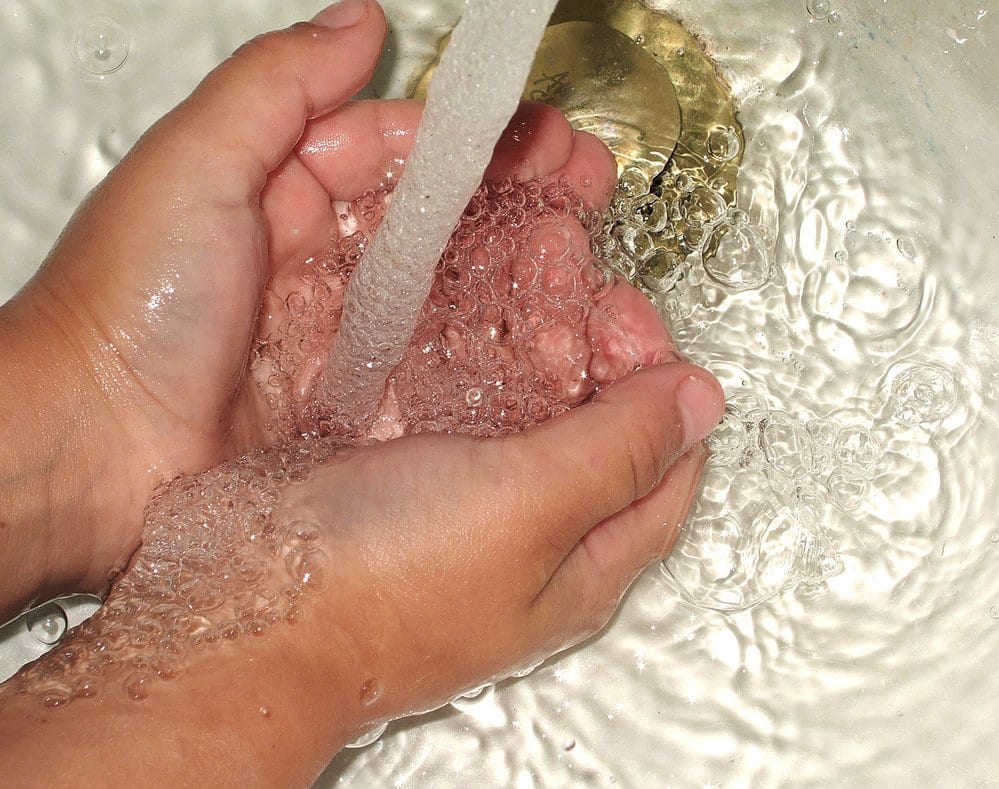
Does Hand Sanitizer Really Work?
If you are a parent of elementary-age children you’ll have no doubt received your school supply list for the new school year by now. Alongside pencils, erasers, and plastic folders without prongs (lord forbid you to send the ones with prongs) you’ll likely see a large bottle of hand sanitizer somewhere on that list.
Hand sanitizer is an important part of illness prevention, especially in schools and hospitals, but does it really work? Well, it depends on what you mean by “work”. If you are expecting 30 seconds of hand rubbing as that cold wet gel magically disappears to kill all the bad germs and remove the dirt from your hands, think again.
Hand sanitizer is no substitute for regular, good old fashioned soap and water. While the alcohol in hand sanitizer can kill many germs, not all hand sanitizers are created equal. So before you pick up that industrial-sized bottle of Purell your child’s teacher has requested, check the label. Those with an alcohol concentration of less than 60% aren’t strong enough to kill Norovirus, the bug that causes vomiting and diarrhea, which let’s face it is the whole purpose of using hand sanitizer in the first place.
Furthermore, if your hands are dirty, all hand sanitizer does is kill some of the germs on the dirt. It does nothing to remove dirt, grease, and grime from your hands, nor the germs for that matter. So by using hand sanitizer, you’re not walking around with sparklingly clean hands, after all, just hands with lots of dead germs on them. (gross) To remove dirt and germs washing your hands with soap and water for two minutes will do the trick, and it won’t dry your hands out like hand sanitizer either.
Another downside to hand sanitizer is that most people don’t use enough to kill the germs. When germs are exposed to hand sanitizer but not enough of it to kill them, they develop a resistance to them defeating the whole purpose of using hand sanitizer in the first place.
That said, hand sanitizer has its place. It is definitely convenient for a teacher who has 23 tiny sets of hands to keep clean. It does help prevent or at least slow the spread of common classroom germs. So pick up that bottle of hand sanitizer (after you check the label) and send it with the pencils and folders without prongs, but teach your kids how to wash their hands properly, for two minutes and encourage them to use soap and water whenever possible.







